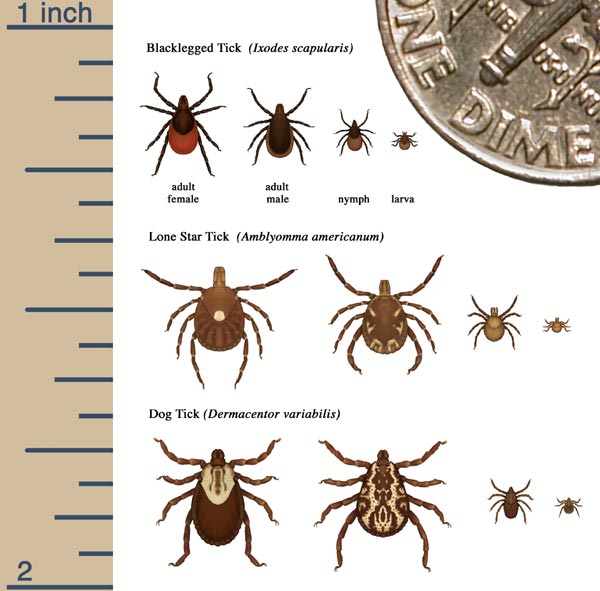It’s getting to be that time of year. The warm weather-flowers blooming-rain showers-bug time of year. With those bugs comes those nasty blood suckers we call ticks.
Because we had a very mild winter, we could see an early spring. The warmer weather is good for people and pets who want to venture outside, but beware of the hard-to-detect pest.
The normal tick season is from May through August, but with the 70-degree temperatures in some areas, the ticks may get a head start on their season.
Ticks that are already out are probably around the adult sized, sesame-sized.
It’d be easy to think of these guys as the arachnid form of a vampire. They lurk in blades of grass looking for their next victim, a dog or a human, to attach themselves to and feed off of the blood for days, or until discovered. They often leave behind diseases, sometimes multiple illnesses.
A big concern for humans is most tick infections happen during the “nymph” stage. In the spring or summer of the tick’s second year, primarily from May through early July, the nymph becomes active. The nymph is about the size of a poppy seed. Nymph stage ticks often look like a speck of dirt or a freckle on a person’s skin.
In most cases, the tick must be attached for 36-48 hours or more before the Lyme disease bacterium can be transmitted. Lyme disease, babesiosis, Rocky Mountain spotted fever, and anaplasmosisis are on the rise and are difficult to diagnose.
Some ways to prevent ticks and/or infections on humans are: avoid wooded and bushy areas with high grass, walk in the center of trails, and use repellents that contain 20% or more DEET on exposed areas.
To help prevent ticks on pets, check them daily, especially after they come in from outdoors, have your vet conduct a tick check at each exam during tick season, and reduce a possible tick habitat in your yard.



